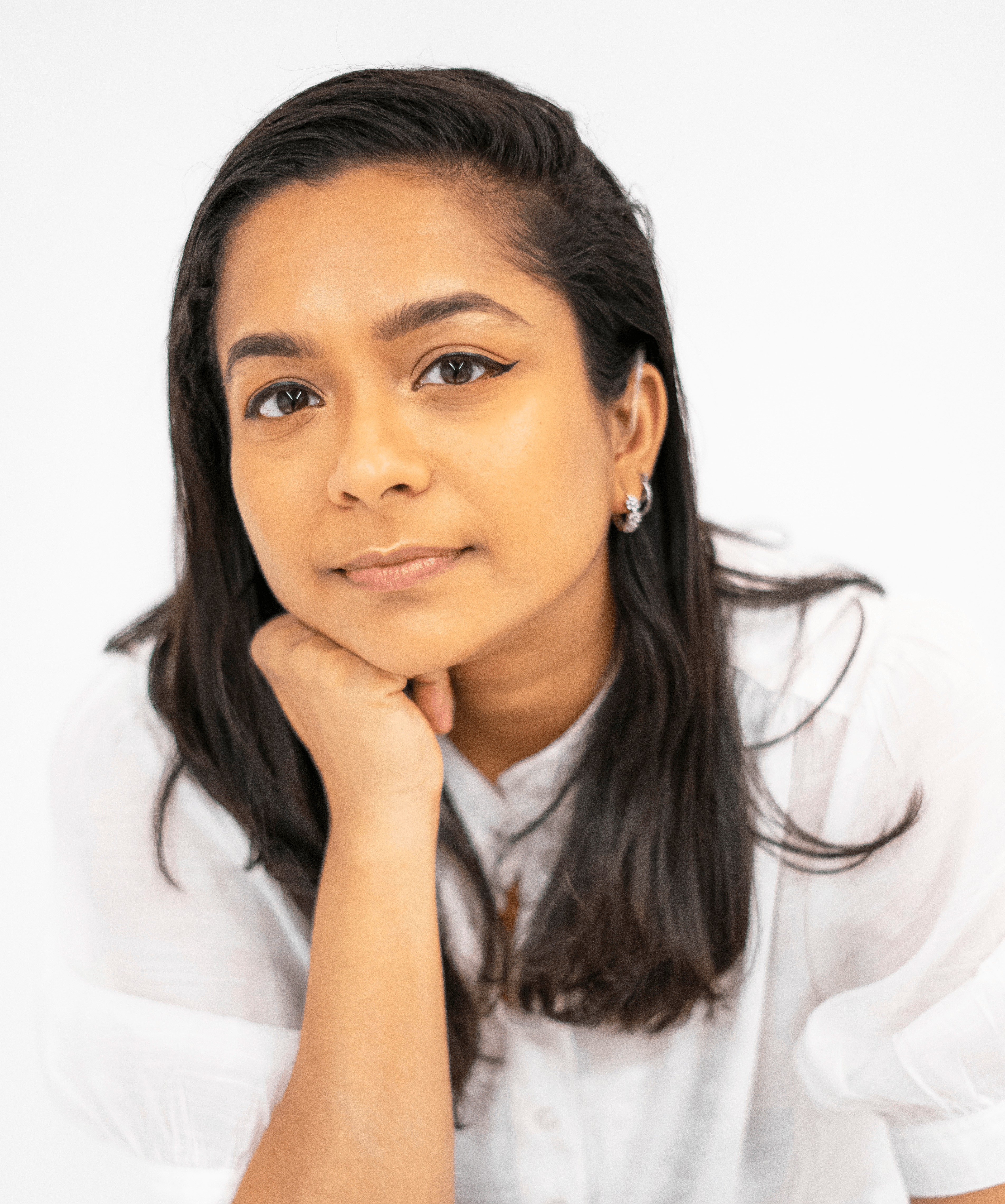We recently connected with Janhavi Khemka and have shared our conversation below.
Janhavi , thanks for joining us, excited to have you contributing your stories and insights. When did you first know you wanted to pursue a creative/artistic path professionally?
I didn’t exactly know what a BFA or MFA was, or what I could become when I was in 12th grade. I enjoyed drawing and painting in my notebook during in every classes. I particularly liked reading geography and drawing maps. In art class, I always received good marks compared to my classmates. My brother often told me that I could pursue art as a career and be happy, instead of choosing another subject he considered less fulfilling. At the time, I didn’t believe him because I wasn’t aware that art could be a viable professional path—I didn’t even realize that being an artist was an option. No one in my family or among my friends was an artist, and I had never been taken to a museum or exposed to art and craft.
When my dad brought home a computer for the first time, I discovered that art was a real and valid pursuit. I started exploring further and learned about BFA and MFA courses. I was amazed and thought, “Why wouldn’t I try to experience this art?” That’s when I decided to enroll in a BFA course, and I found that my work suited me, allowing me to comfortably accept that “I am a disabled person”.
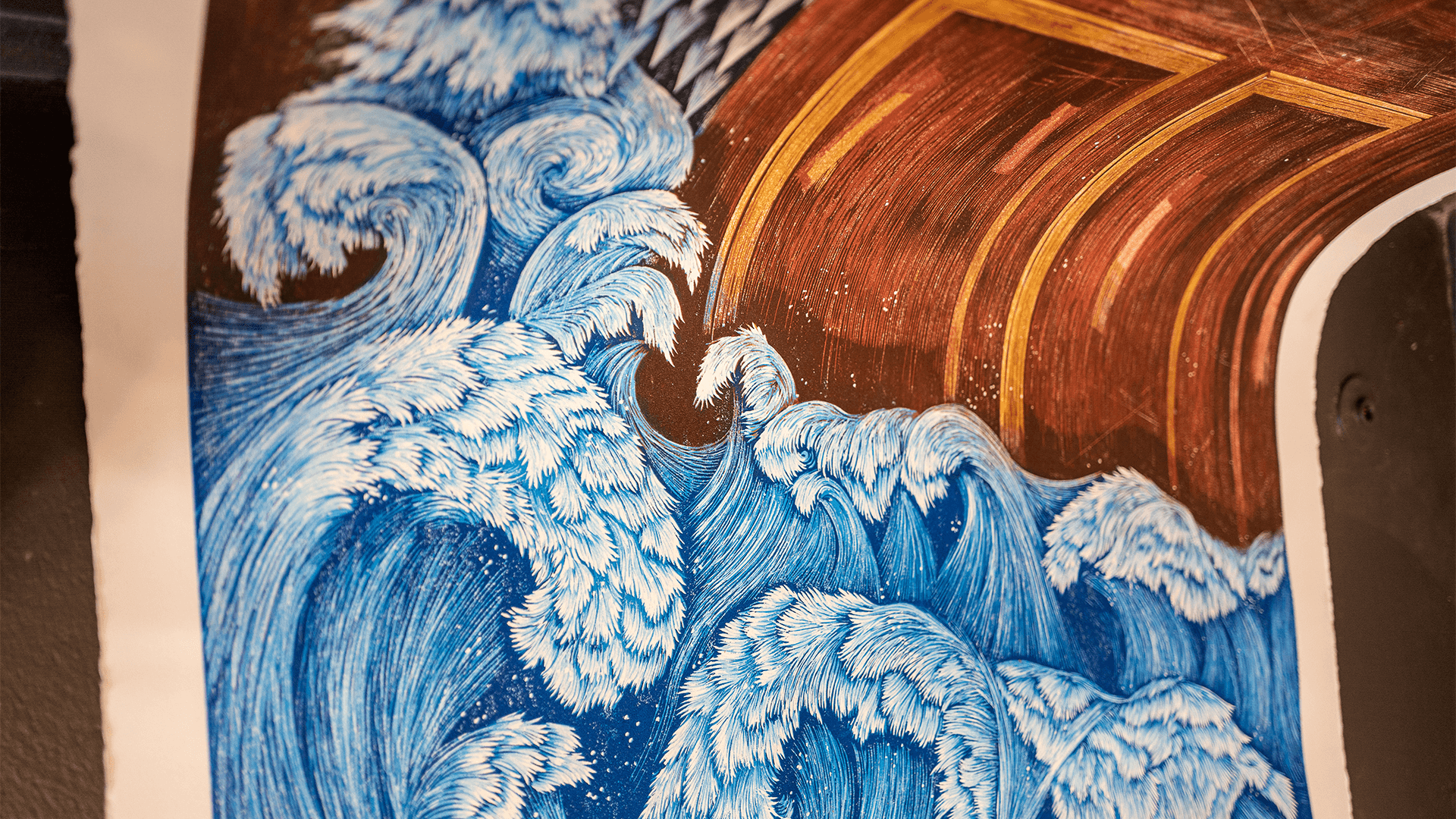
Great, appreciate you sharing that with us. Before we ask you to share more of your insights, can you take a moment to introduce yourself and how you got to where you are today to our readers.
I’m Janhavi Khemka, an interdisciplinary artist. I completed my B.F.A. in Painting from the Faculty of Visual Art, Banaras Hindu University, Varanasi in 2015, and an M.F.A. in Graphics from Kala Bhavana, Visva-Bharati, Santiniketan in 2017. Additionally, I studied Studio Arts at the School of the Art Institute of Chicago, Chicago, IL, USA in 2023.
Born to a ‘Normal’ family, at the age of 9 months, I suffered from typhoid after taking a cold bath and lost my ability to hear and so my voice. My mother and I were learning lip reading by touching our throats together to feel the vibrations.
During my school years, I used to sit in front of the teacher, pretending to understand by nodding along. After class, I would come home, share what had been taught, and show my mom my assignments. We would sit on the mat, and she would illustrate the lesson as a story – for example, “A man was walking in the forest and a lion came near him and tried to eat him.” She drew a forest, a man, and a lion with chalk on a blackboard. Her drawings, expressions, and hand gestures helped me understand the lessons, inspiring me to create art based on her gestures.
At the age of 15, my mother passed away from cancer. She was my first teacher and my link to communicating with the world. She also created limits, barring me from learning sign language, and emphasized lip reading. For me, the imprint my mother left on me informs the ways I navigate the aural through light, touch, experimental sound, and tactile medium. I find this comforting as an extension of her, helping me navigate an able-bodied world.
While studying for my BFA, I fell in love with Van Gogh’s work and his journey. I tried to emulate his style with paint but struggled to replicate it. Eventually, I discovered printmaking, particularly woodcut, which allowed me to explore colors and techniques more freely. I enjoyed this process, and it became an integral part of my life.
“Woodcut” is a communication Key as the receptive matrix of woodcut translates to the vibration of spoken words, becoming my method of communication with the world.
When the pandemic happened, I decided to move to the United States for my master’s, and masks became a haunting and frustrating barrier, restricting my lip-reading ability. But the challenges l encountered as a deaf person during the pandemic have inspired me to create something meaningful and impactful, allowing me to share my perspective on navigating the world and shedding light on the experiences of the deaf community. So, I created a Performance, “Your Name, Please? inviting participants to sit with me, ask for their names, and use a vibrating coin which helps me under their spoken language’s vibrations and recognize single words.
I started to working the animation with woodcut print. The visual cues help me study sound in animation. The challenge of incorporating sounds into my animations despite my inability to hear prompted a collaborative effort with animator Joel Benjamin. In our exploration, we analyzed sound waves in the After Effects software, seeking a method to bridge the auditory gap.
This journey through my art and experiences, I want to emphasize that listening, for me, extends far beyond the conventional notion. It’s about feeling vibrations, capturing visual cues, and understanding the movement in animation. I’ve found unique ways to connect with the world, including repeating printing as my form of communication.
As I ponder what it means to listen differently, I find solace in the connection with materials, in the deliberate slowness of movement, and in the unique ways I perceive the world around me. This journey prompts us to question our understanding of living and non-living, urging us to explore the beauty of communication beyond the audible.

What’s the most rewarding aspect of being a creative in your experience?
I created an animation with sound and vibration, allowing people to interact with the plywood platform in any way they want — they can sit, walk, lie down, and even touch it to feel the vibrations. During the show, I invited many deaf and blind individuals to experience my work ‘Letter to my Mother’. To be honest, they were crying and kept saying, ‘I could hear the vibration with the visual of the animation.’ Even hearing people can feel the same way, which helps them understand how powerful the vibrations and visuals are for non-hearing individuals, including their personal stories about their mothers.
When I arrived in the USA for the first time in my life, it was an overwhelming and exhausting situation during the pandemic. People were very uncomfortable communicating with me, even when they were trying to talk. I created a performance called ‘Your Name, Please?’ which helped them understand how to communicate with me in a slow and deliberate way and interact with me while creating any artwork. I am fortunate that some of my friends Thương Hoài Trần and Maddie May are learning sign language for me, which makes my life more beautiful and comfortable.
I have heard many negative stories about disability, as some people don’t accept disabled individuals as beautiful. Some of their parents didn’t believe that they could do anything. I kept showing them my work and how to be happy in this overwhelming world. Lately, they accepted and have been supporting their child for their passion.
My goal is to help them understand my work, my experiences, and my journey of struggle differently, and to explain that ‘Disability is a great thing in the world.’ Accept yourself just as you are; there is nothing less.”
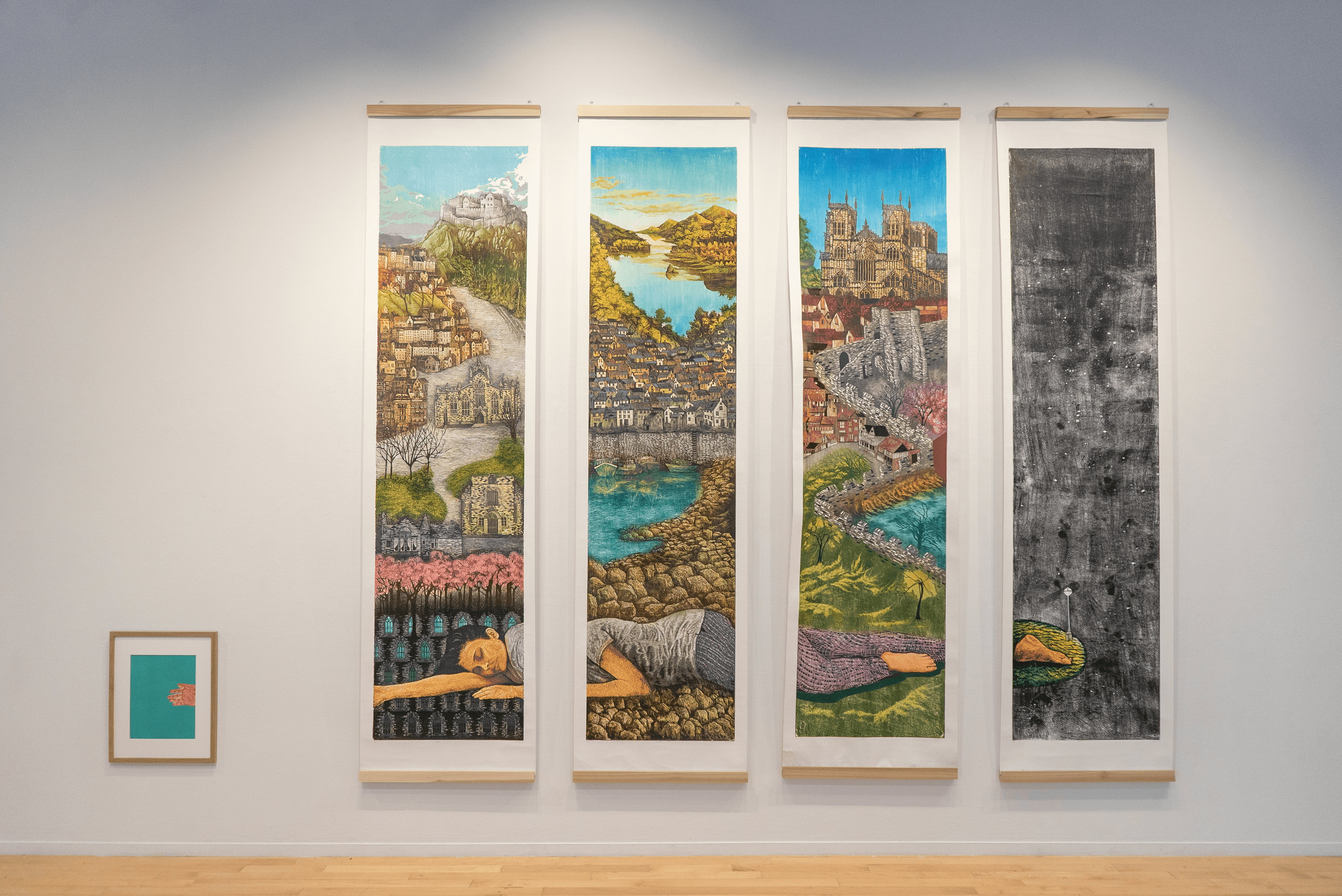
Are there any resources you wish you knew about earlier in your creative journey?
I used to blame myself as a disabled person, even though I didn’t like my life and the people around me. Being born into a ‘normal’ family, I was the only one who couldn’t hear anything and didn’t understand many things at first. I used to think that I was the only one being punished. Throughout my childhood, I never encountered talented and positive disabled people in my family or school, and nobody talked about disability issues that I wasn’t aware of. I kept adapting to everything while feeling sad and moving forward. There were no resources like an ASL interpreter to help me communicate.
Lately, when I started taking art classes, I learned about famous artists like Christine Sun Kim, ballroom dancer Frances Charlotte Lamberton, and actor Nyle DiMarco. They are incredibly talented and inspiring. I wondered why I didn’t know about them earlier; I wish I had a disability community that could have helped me accept my reality. I could have learned to love my life and my disability and accepted it with happiness.
Contact Info:
- Website: https://www.janhavikhemka.com
- Instagram: @janhavi_khemka
- Facebook: Janhavi Khemka
- Linkedin: Janhavi Khemka
- Twitter: @khemkaJanhavi
- Youtube: @janhavikhemka2273

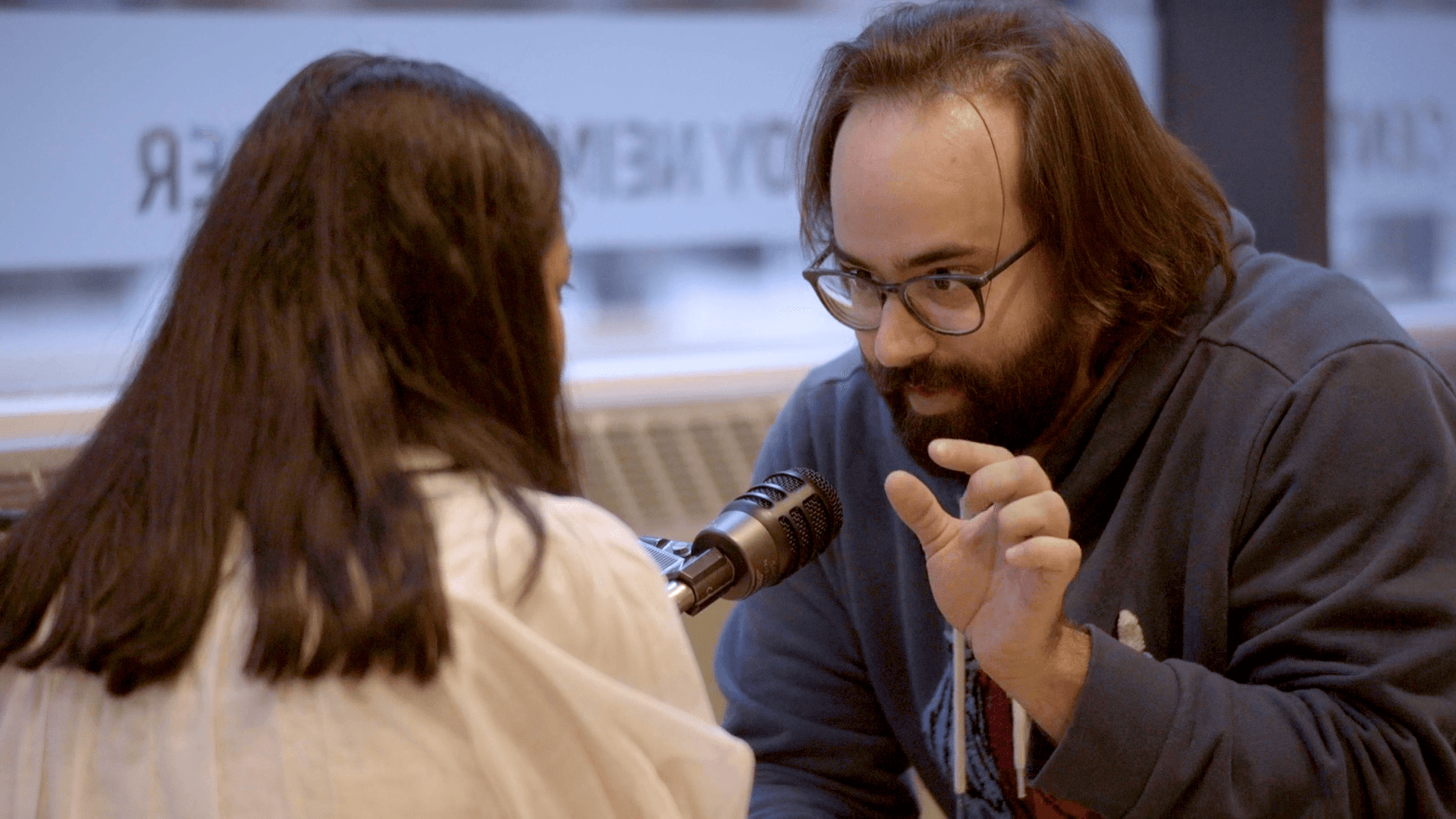
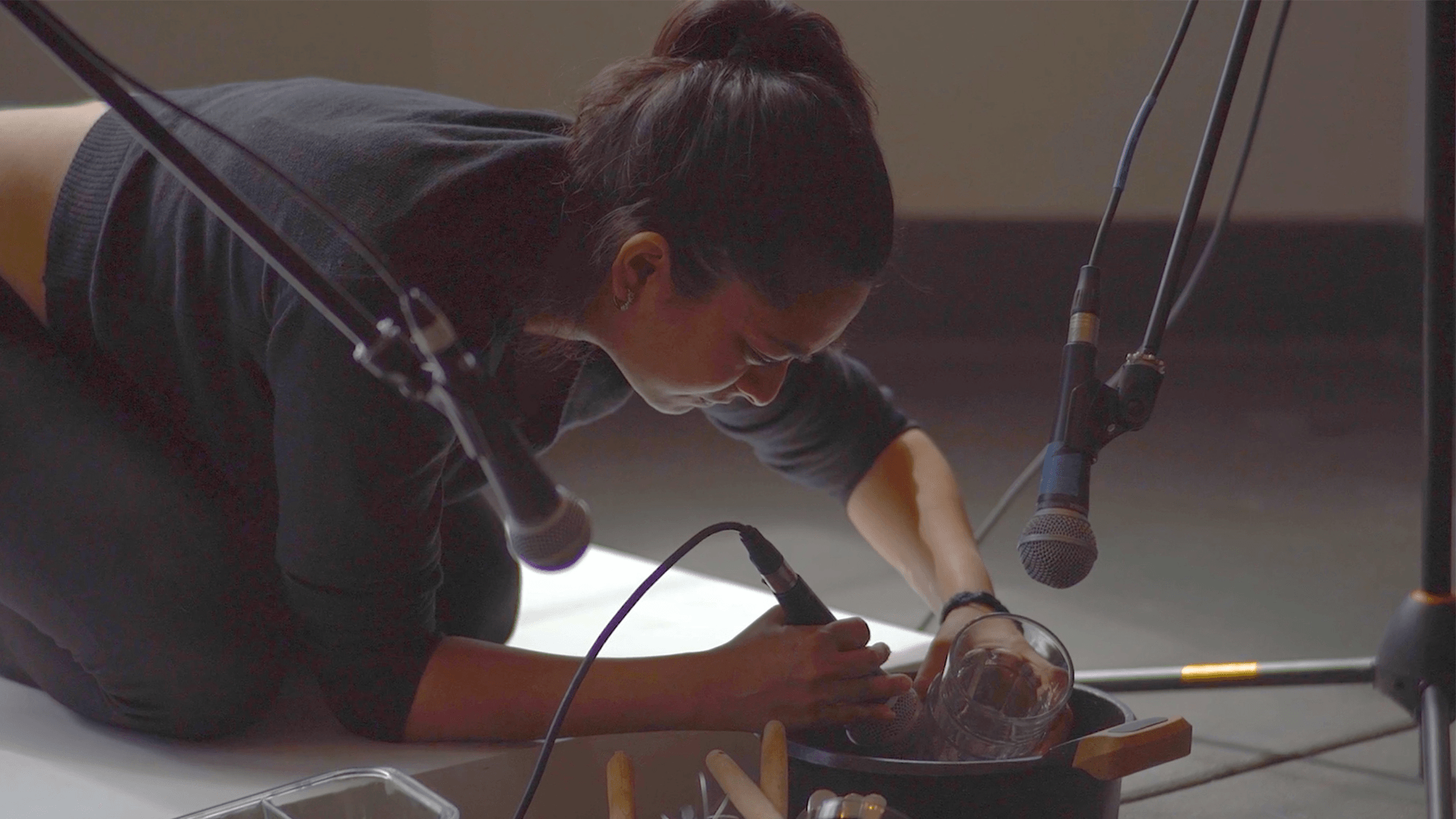
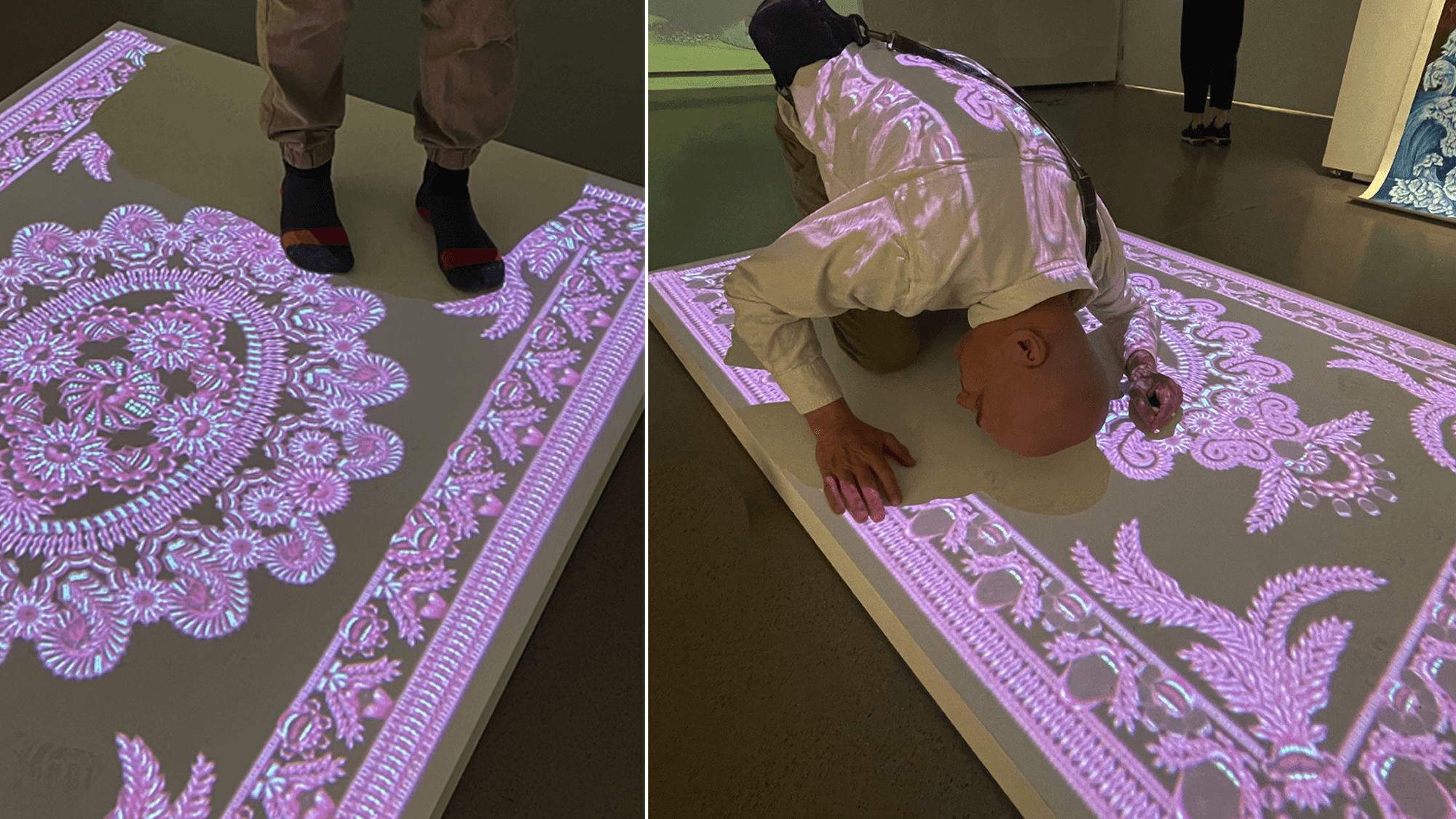

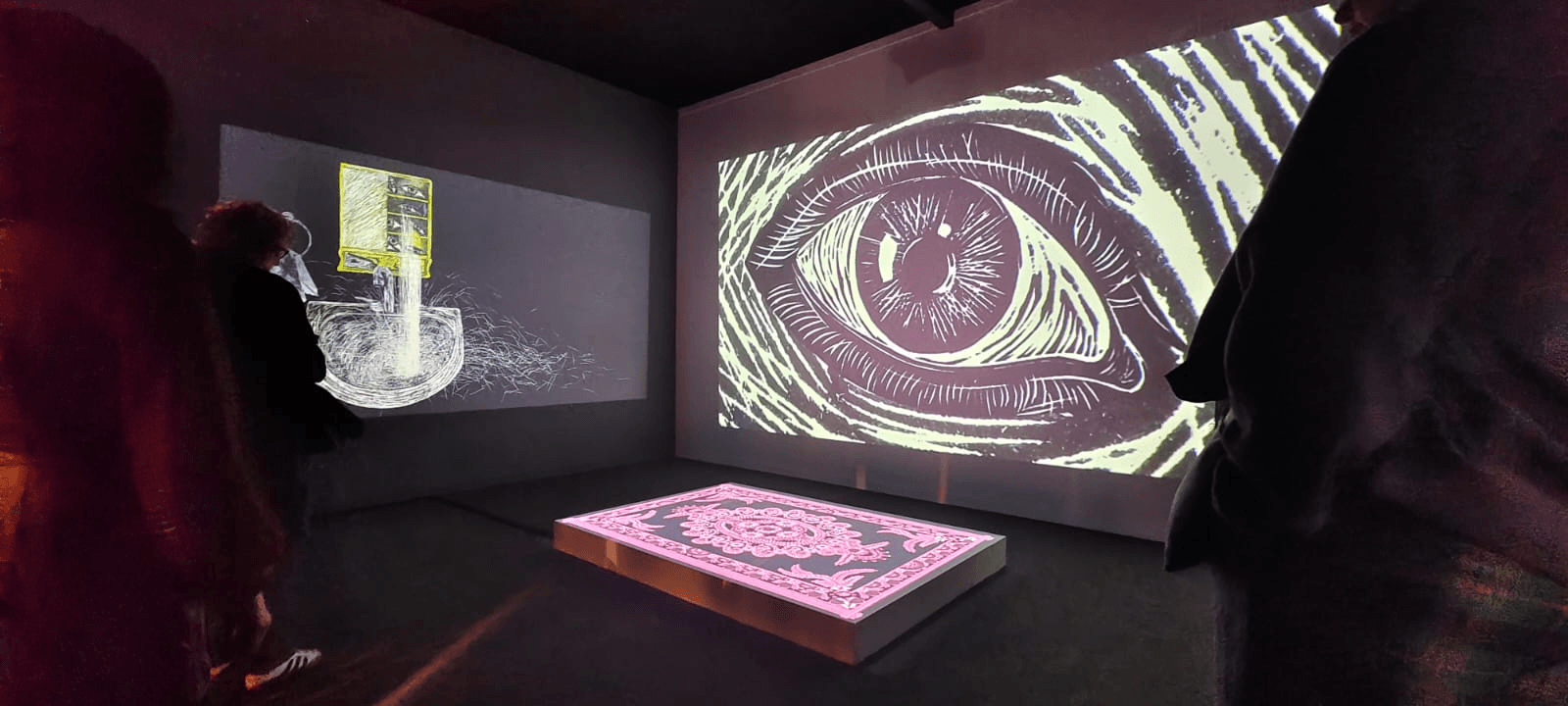
Image Credits
Work 1 – “Warning; it is time”, Image credit – Stephen Garrett
Work 2 – “Warning; it is time”, Image credit – Mikey Mosher
Work 3 – “Sleeping”, Image credit – Mikey Mosher
Work 4 – “Sleeping”, Image credit – Janhavi Khemka
Work 5 – “Your name, please?”, Image credit – Mikey Mosher
Work 6 – “#1505”, Image credit – Mikey Mosher
Work 7 – “Letter to my Mother”, Image credit – Janhavi Khemka
Work 8 – “#1621”, Image credit – Janhavi Khemka
Work 9 – “Waiting for the Dawn”, Image credit – Arpita Akhanda
Headshoot of me – Image credit – Thương Hoài Trần


